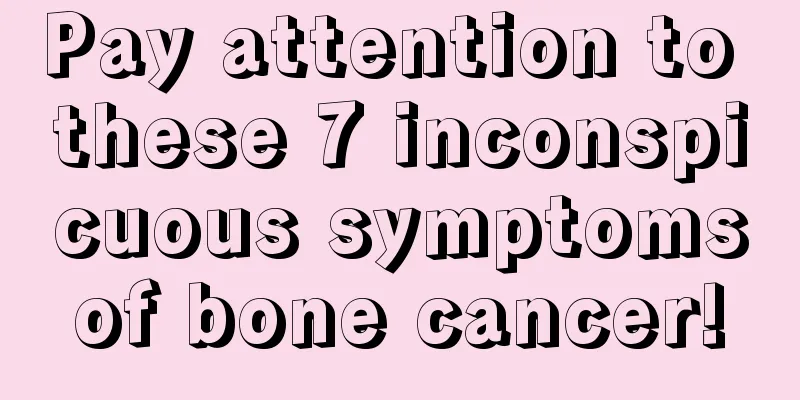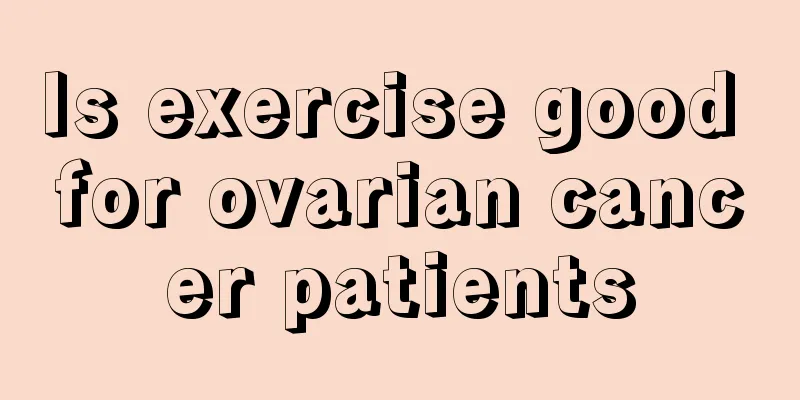How to treat Feng Shui bumps

|
In autumn and winter, some people are prone to getting pimples on their faces after being blown by the wind. Many people wonder why pimples appear. Are there elements in the wind that are harmful to the human body? In fact, rheumatic bumps are caused by the body's inability to fully adapt to the external temperature, leading to acute edema of the skin. But it is different from eczema and cannot be treated in the same way. So, how should wind-induced bumps be treated? 1. Causes 1. Food, animal and plant factors. 2. Drugs, such as penicillin, sulfonamides, furazolidone, serum vaccines, etc., often cause urticaria through immune mechanisms. Drugs such as aspirin, morphine, atropine, and vitamin B1 are histamine releasers that can directly cause mast cells to release histamine and trigger urticaria. 3. Infections, including viruses (such as hepatitis viruses), bacteria (such as Staphylococcus aureus), fungi and parasites (such as roundworms, etc.). 4. Physical factors such as temperature changes, sunlight, friction, pressure, movement, etc. can cause it. 5. Certain autoimmune diseases, gastrointestinal diseases, metabolic disorders, endocrine disorders and mental factors can also cause it. 2. Clinical manifestations In acute attacks, there is itching and wheals of varying sizes all over the body. Wheals may merge into large lesions or form map-like lesions. The lips may swell, or the pharyngeal isthmus may swell, causing laryngeal edema, resulting in difficulty breathing or even suffocation. The lesions often disappear within a few hours, but new lesions continue to appear. The whole body may be accompanied by fever, asthma and difficulty breathing, abdominal pain or bloating, and diarrhea. Severe patients may experience symptoms such as low blood pressure, dizziness, chest tightness, and rarely even shock. Most patients only have wheals and itching but no other symptoms. Treatment 1. Find out the cause of the disease, check the allergens, and focus on eliminating the cause. When there is an infection, antibiotics are often required, and suspected allergenic drugs and foods should be discontinued. 2. Antihistamines are the main drugs for treating various types of urticaria and can control symptoms in most patients. First-generation antihistamines such as diphenhydramine and chlorpheniramine maleate have sedative effects and can easily pass through the blood-brain barrier, causing drowsiness and anticholine side effects. Workers working at heights, drivers, and patients with glaucoma and prostatic hyperplasia should use them with caution. Second-generation antihistamines such as loratadine and cetirizine are not easy to cross the blood-brain barrier and are well tolerated. Vitamin C and calcium supplements can also be used for acute urticaria. For severe acute urticaria and laryngeal edema, glucocorticoids are often used, especially for urticaria complicated by anaphylactic shock. |
<<: How much salt does the human body consume every day
>>: Precautions for using fire extinguishers
Recommend
What is the basis for diagnosing fibroids
Now many people think that fibroids are cancers. ...
Why does my face sting when I use makeup?
Generally speaking, after washing your face, you ...
What are the symptoms of a leaky valve?
With the development of the economy, cars have be...
Will cervical cancer be completely cured after postoperative radiotherapy?
I don't know if you have noticed that cancer ...
Dark inside thigh
Many people may have the symptom of dark inner th...
How to preserve black tea better
Black tea is a common drink in our daily life. It...
Which hospital in the country is best for treating hamartoma
Which hospital in the country is best for treatin...
Are Cassia tora and Cassia seed the same? What are their effects?
In real life, Cassia tora and Cassia seed are act...
What are the good methods of TCM to treat lung cancer? Introducing five prescriptions for treating lung cancer
Lung cancer is a common malignant tumor. There ar...
How to restore the curls of curly hair
Many people know that observation of a person usu...
What is the reason for blurry eyes?
Many friends will find that after using their eye...
Thigh muscle pain and weakness
Pain and weakness in the thigh muscles is a condi...
What can reduce inflammation
Many things in life have multiple functions. If p...
Is corn oil better or rapeseed oil better
Corn oil and rapeseed oil are two oils with diffe...
Medicine that reduces fever quickly
In real life, fever is a very common physical dis...









